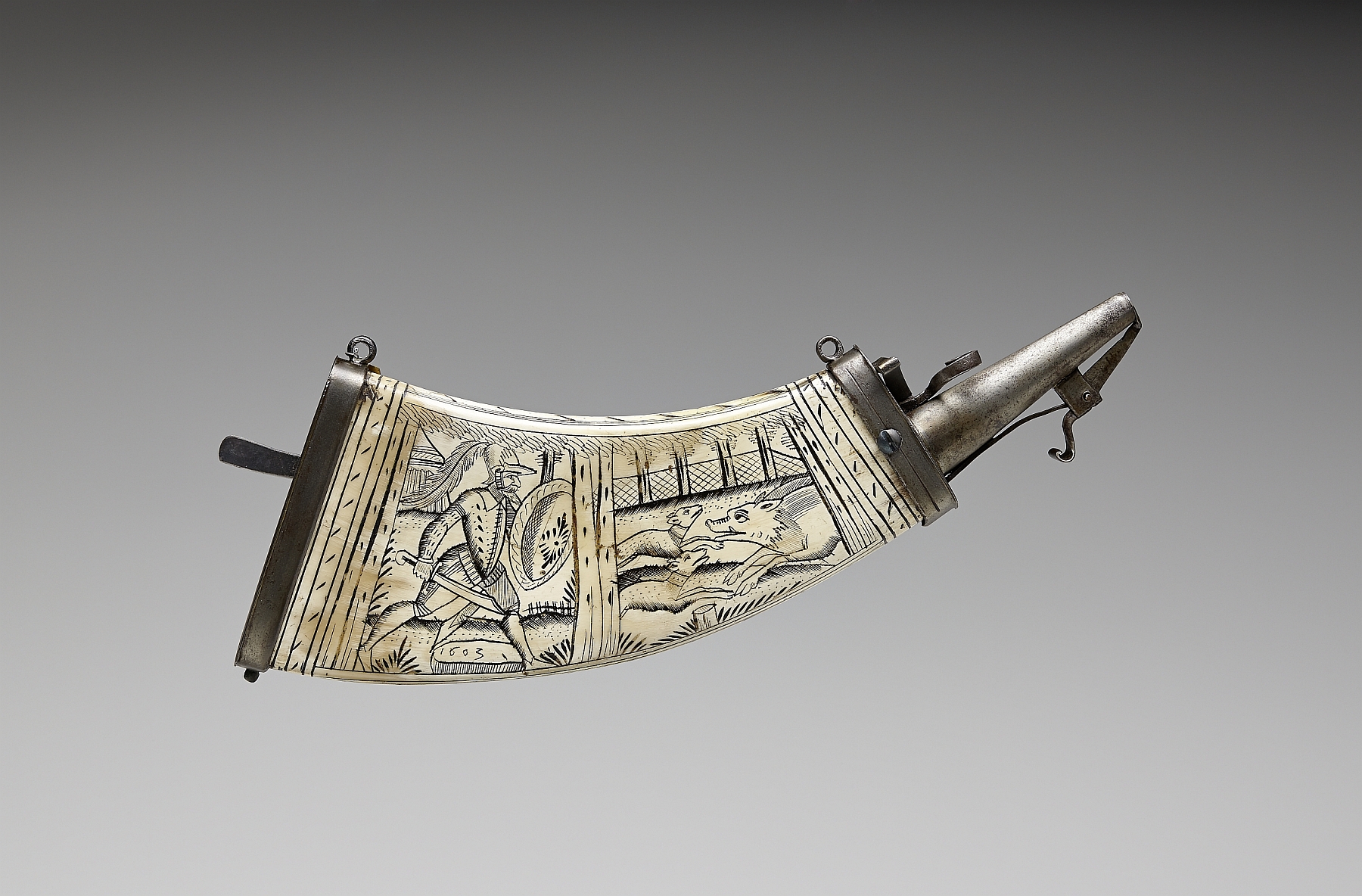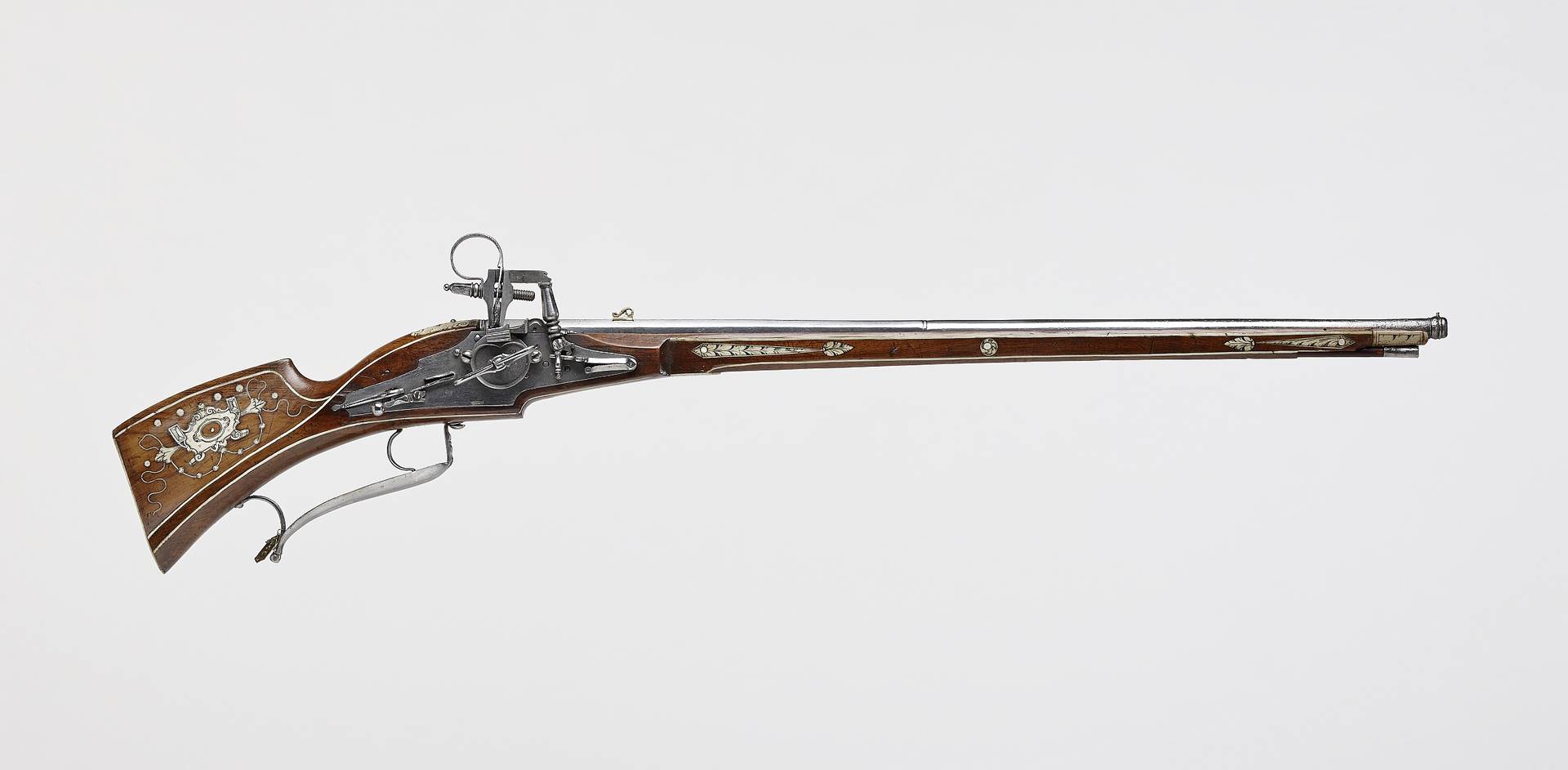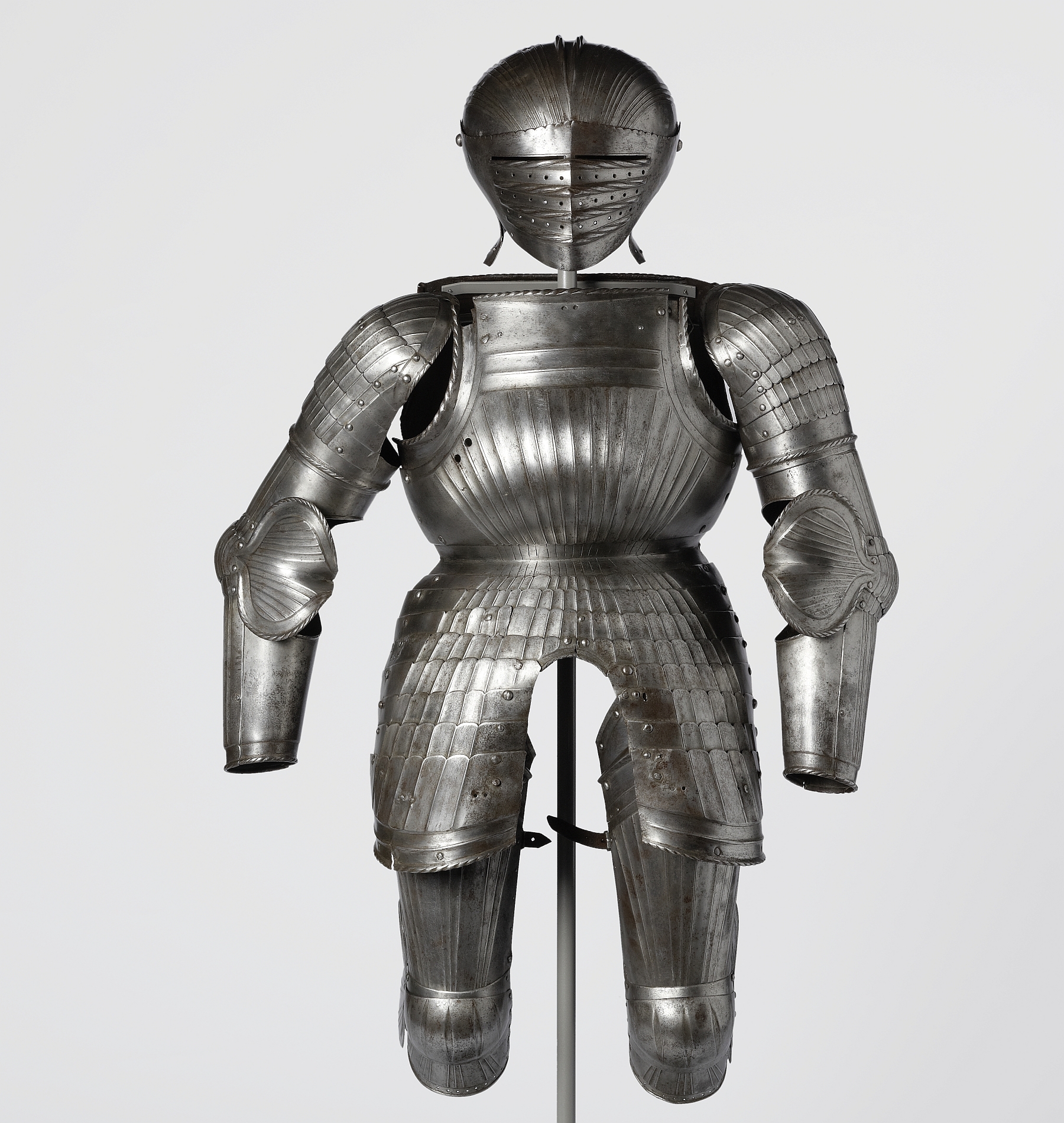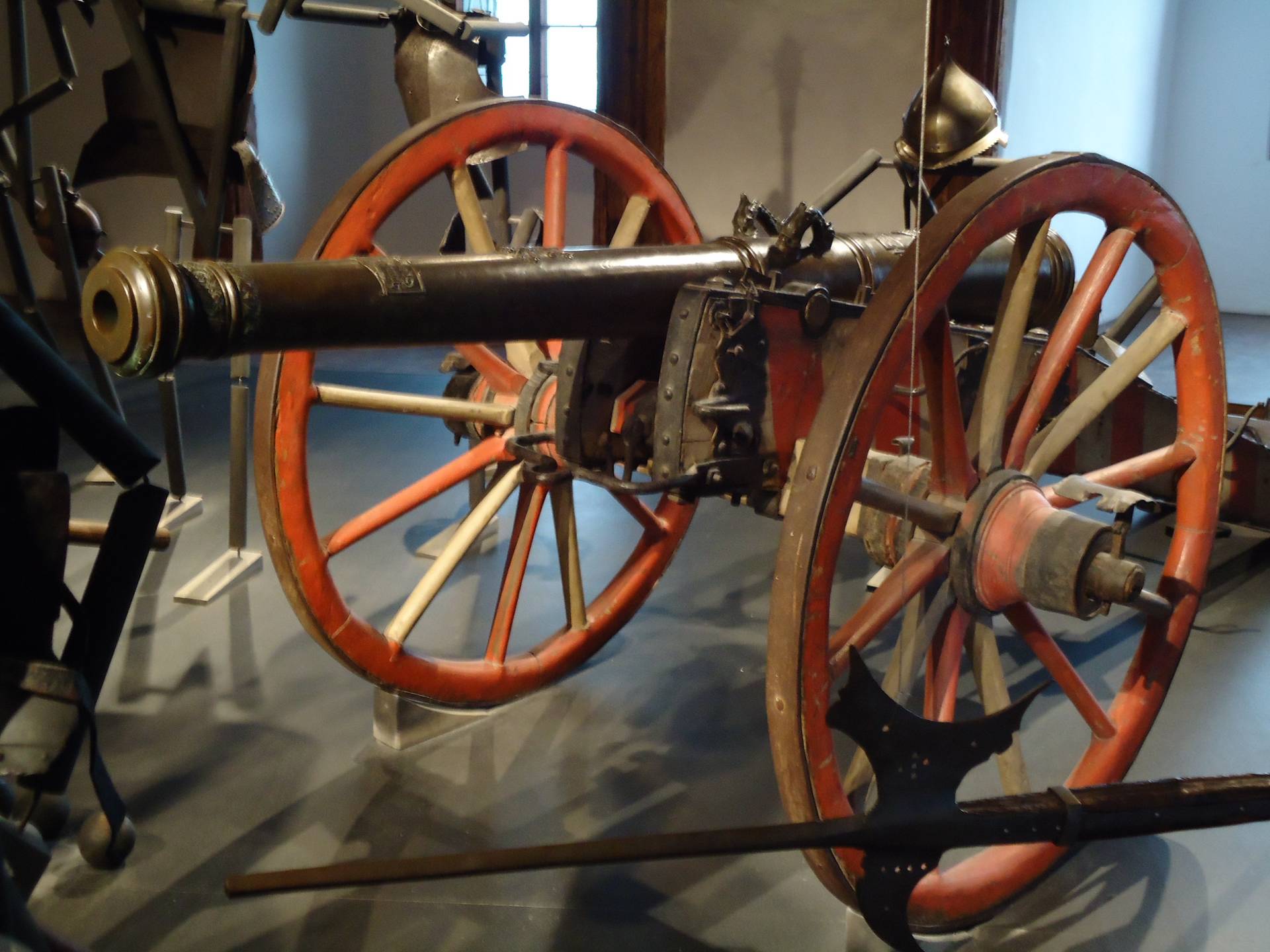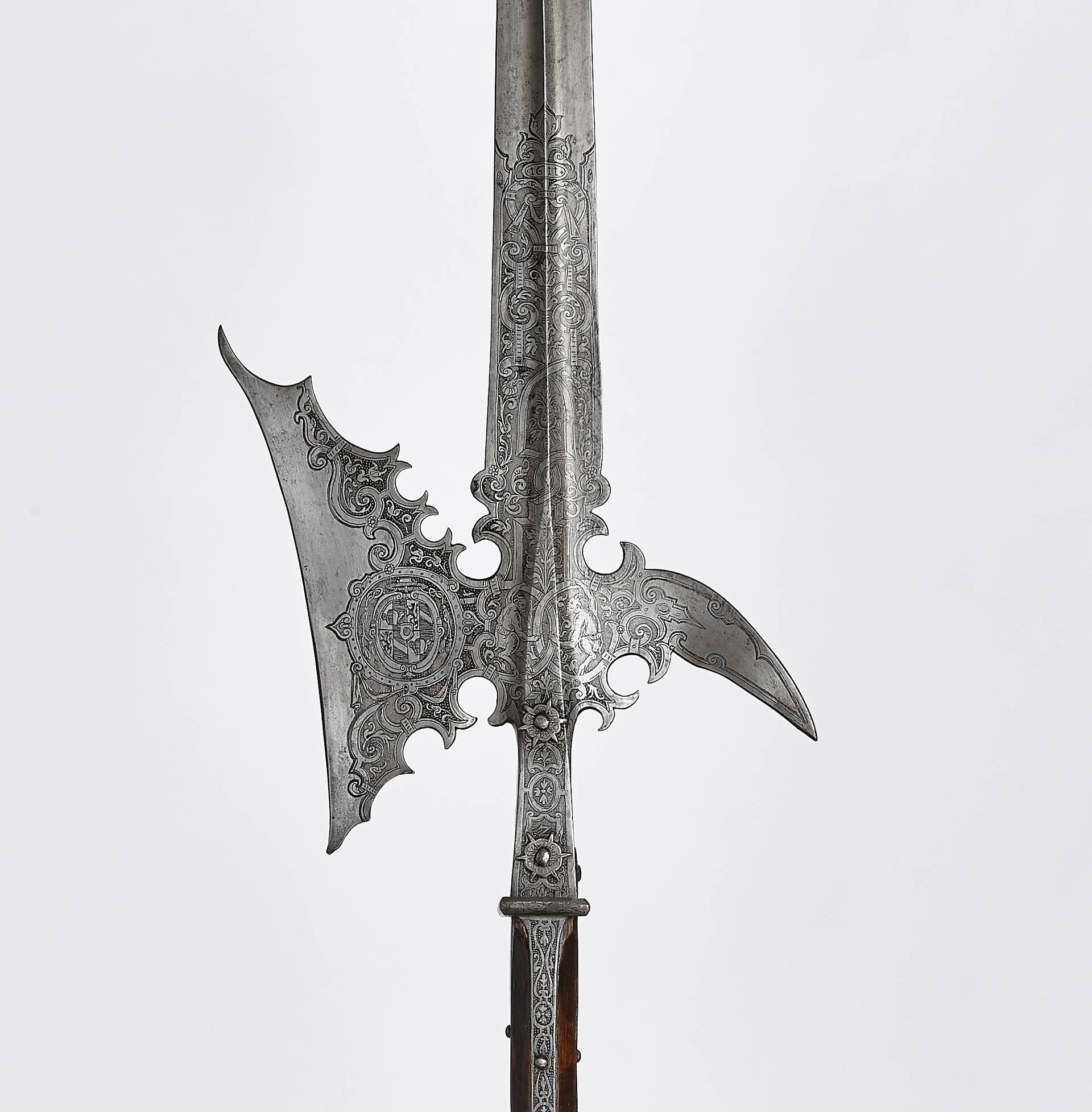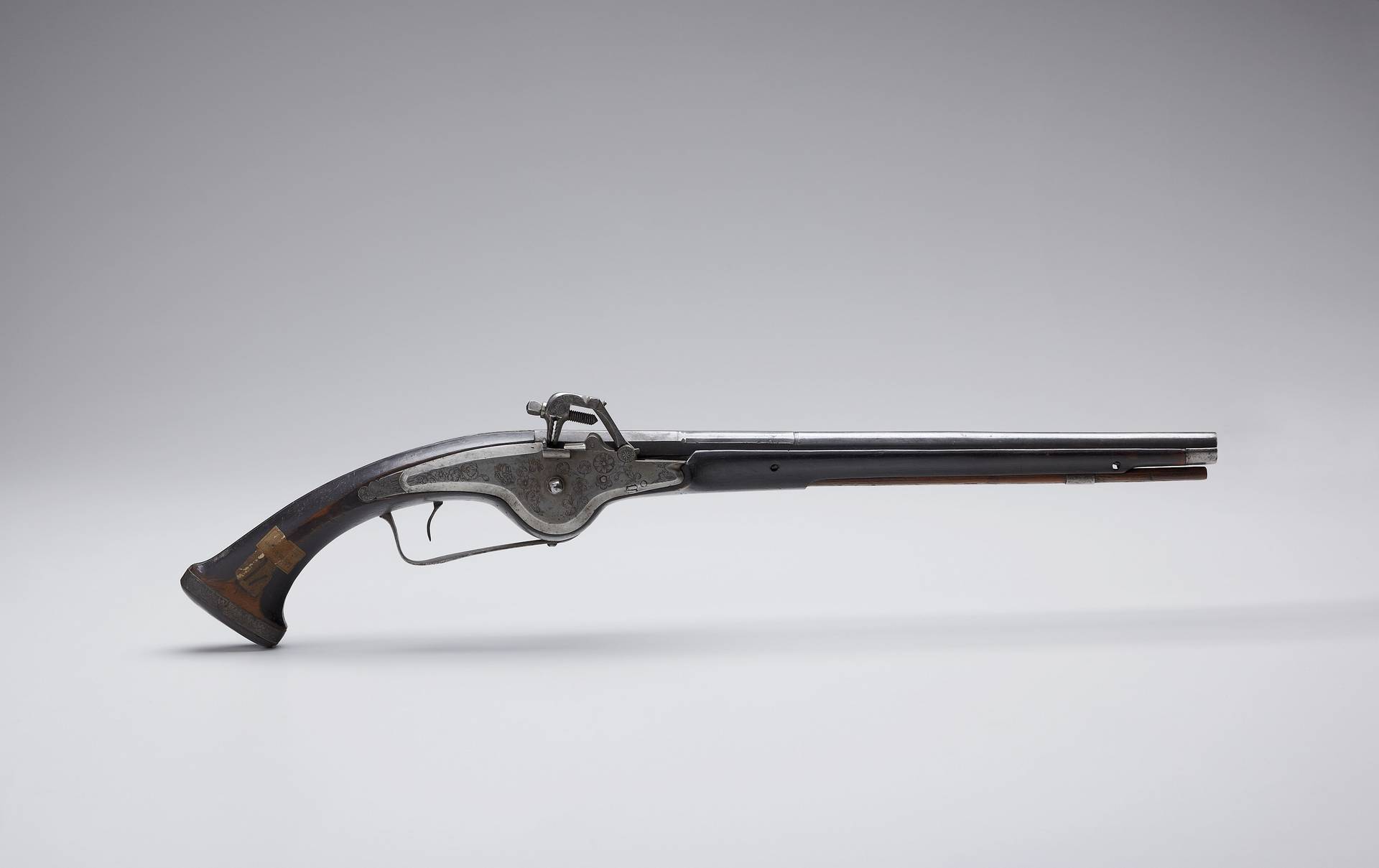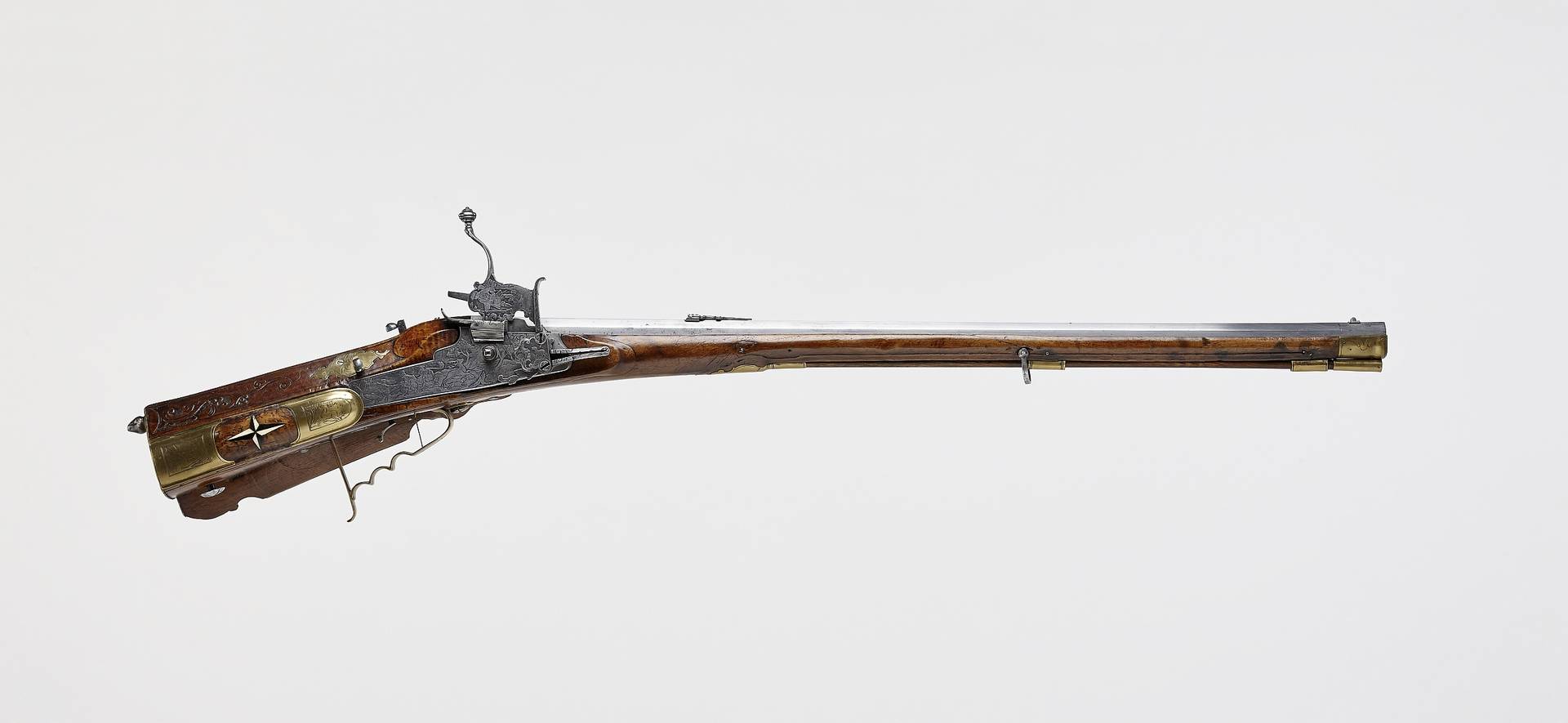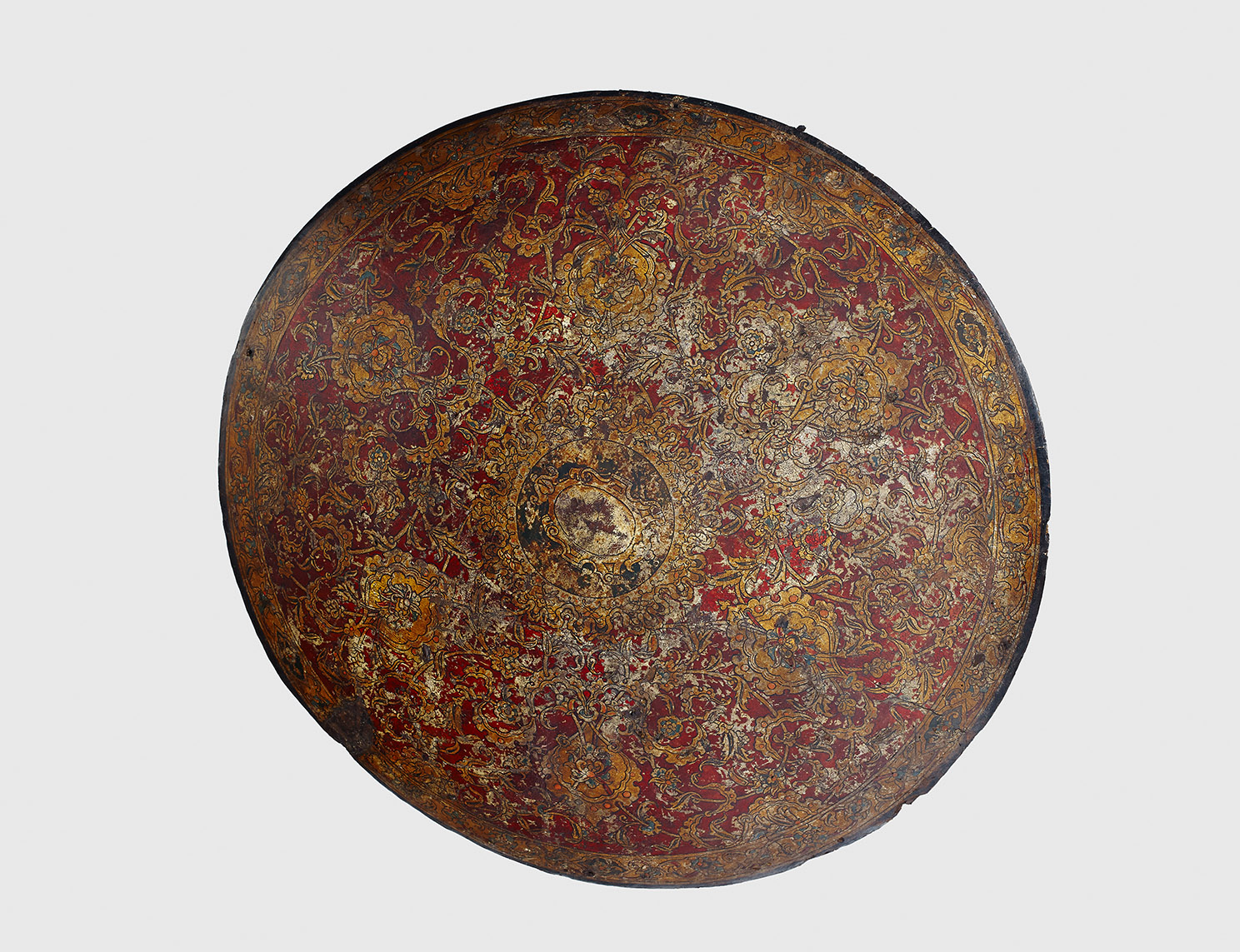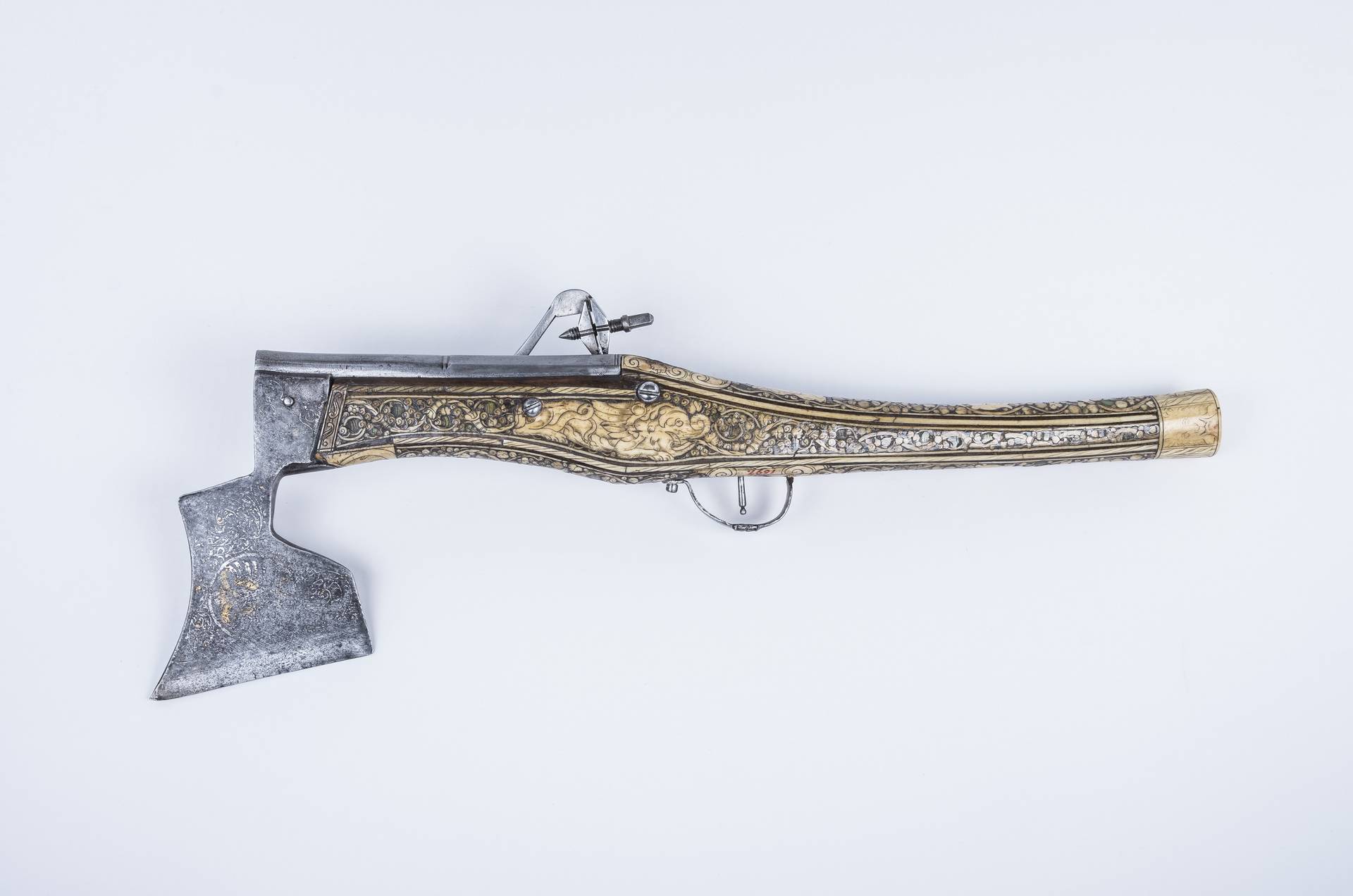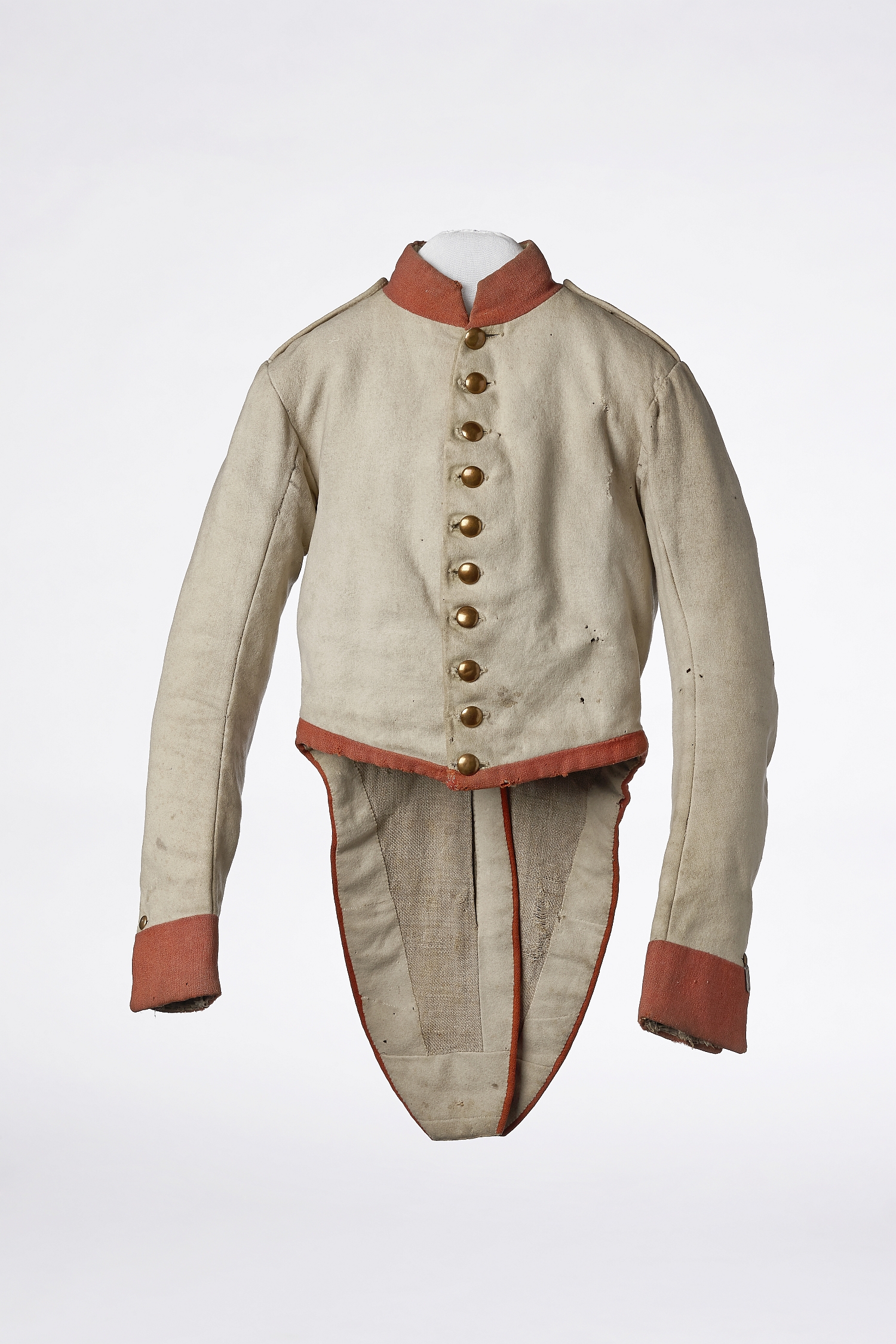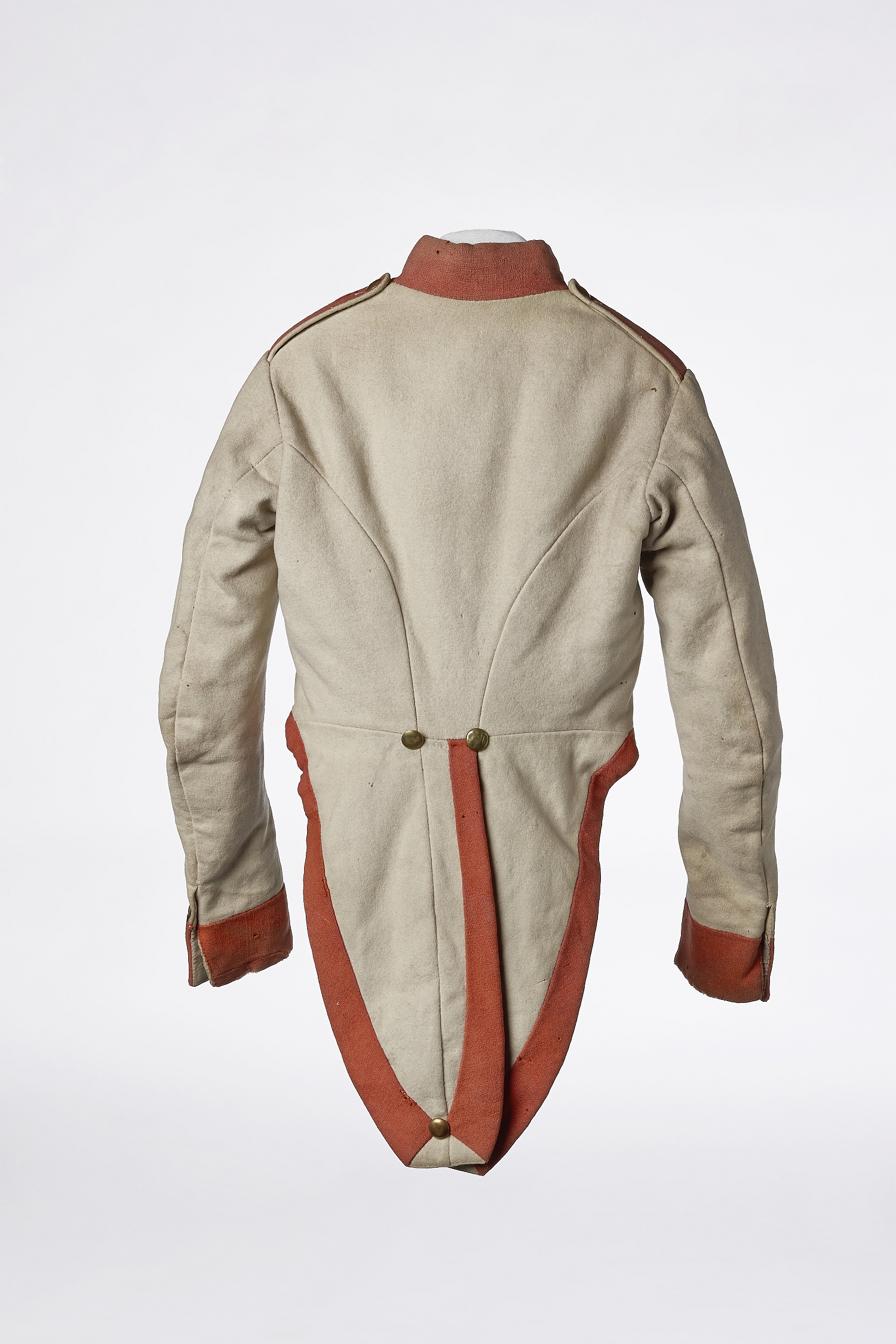STUDIENGEBÄUDE ALPENSTRASSE
Alpenstraße 75
5020 Salzburg
E Mag. Markus Schwellensattl
T +43-662-62 08 08-175
F +43-662-62 08 08-720
HISTORICAL WEAPONRY
History
In the Salzburg Museum founded in 1834 the collection of historical and mainly late medieval weapons and Gothic art had a certain status and volume from the very beginning. The former grew out of the erstwhile municipal arsenal, both from the building on the Salzach Kai and also from the armoury, which had been the best equipped in the archiepiscopal era in cty and Land – although only remnants were left, including pole weapons, armour, firearms, artillery and so on. They were kept in the fortress and the Neue Residenz. For various reasons, the Napoleonic Era around 1800 involved a significant decrease and also destructive usage of historical weapons. In the first decades after 1834, city dwellers and several culturally active mayors made extensive gifts and bequests to the Municipal Museum, as we see from annual reports and earlier inventory specifications. The Weapon Collection enjoyed a certain heyday during the historicising museum presentation under Director Jost Schiffmann in the last third of the nineteenth century; the weapons hall with its annexes existed until the salvaging of important objects – partly caused by the war – and until bomb destruction in 1944. After the reduced reconstruction of the museum, which first took place in the 1960s, it was not possible to install a specific presentation of the collection; there was a makeshift exhibition in a few rooms in the “Castle Museum” belonging to the Hohensalzburg Fortress.
Collection range
Originally the collection was registered in the inventory with 72 types and covered practically all areas of weaponry suitable for a museum, including photographs, graphics, insignia, etc. Many lamentable losses were caused by relocations, bomb destruction and theft in 1944 and 1945.
Inventory overview
The remains of the former Salzburg defensive arsenal include numerous late medieval and early modern pole weapons, such as halberds and pikes, small remnants of cuirasses and helmets, also swords and wheel-lock carbines of Archbishop Wolf Dietrich von Raitenau’s bodyguard. From the Baroque era and the nineteenth century there are numerous cavalry swords, pole weapons of the Archbishops’ guard, sabres and swords, some artillery weapons, also pistols, muzzle-loader guns and hunting weapons, several made by long-established Salzburg manufacturers such as Klett, Neureiter, Schaidegger, Zaruba, Zellner, et al. All historical flags and banners are due to be restored. In the sector on uniforms there is a great deal of equipment belonging to the Salzburg citizens’ militia and the National Guard of 1848, also several uniforms and headgear of the Habsburg Army, such as those of the Rainer Regiment No. 59 and of Salzburg federal executive corps leading up to the present day.
New acquisitions
Occasionally new acquisitions can be actuated, whether as bequest or by purchase, to round off the sector of early Salzburg weapon manufacture and also the equipment introduced into Salzburg of the different executive corps of the nineteenth to the twenty-first century.
Transparency and function
Since the re-installation in 2000 of the Fortress Museum – after a further reduction for reasons of space taken up by the decorative arts – visitors can see: a battle scenario oriented on weaponry from the age of the Peasants’ War in the sixteenth and seventeenth centuries, a sample selection of firearms and melee weapons from the Renaissance to the nineteenth century, and a small display of historical instruments – law relics – used in legal procedures. The Salzburg Museum in the Neue Residenz shows objects bequeathed by Salzburg citizens from the early collection period, also unusual wheel-lock pistols made in Salzburg and guard and hunting weapons of earlier archbishops.




